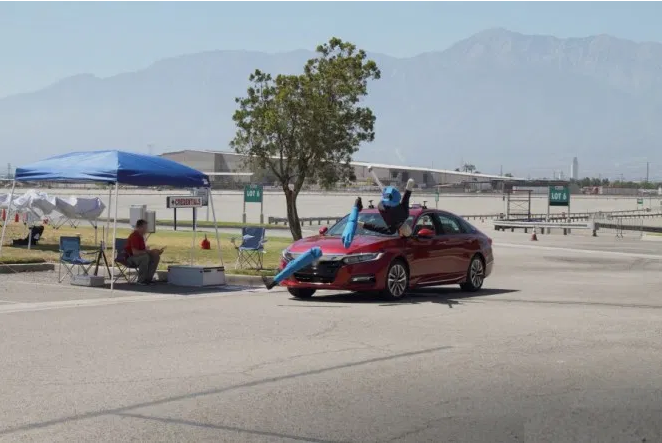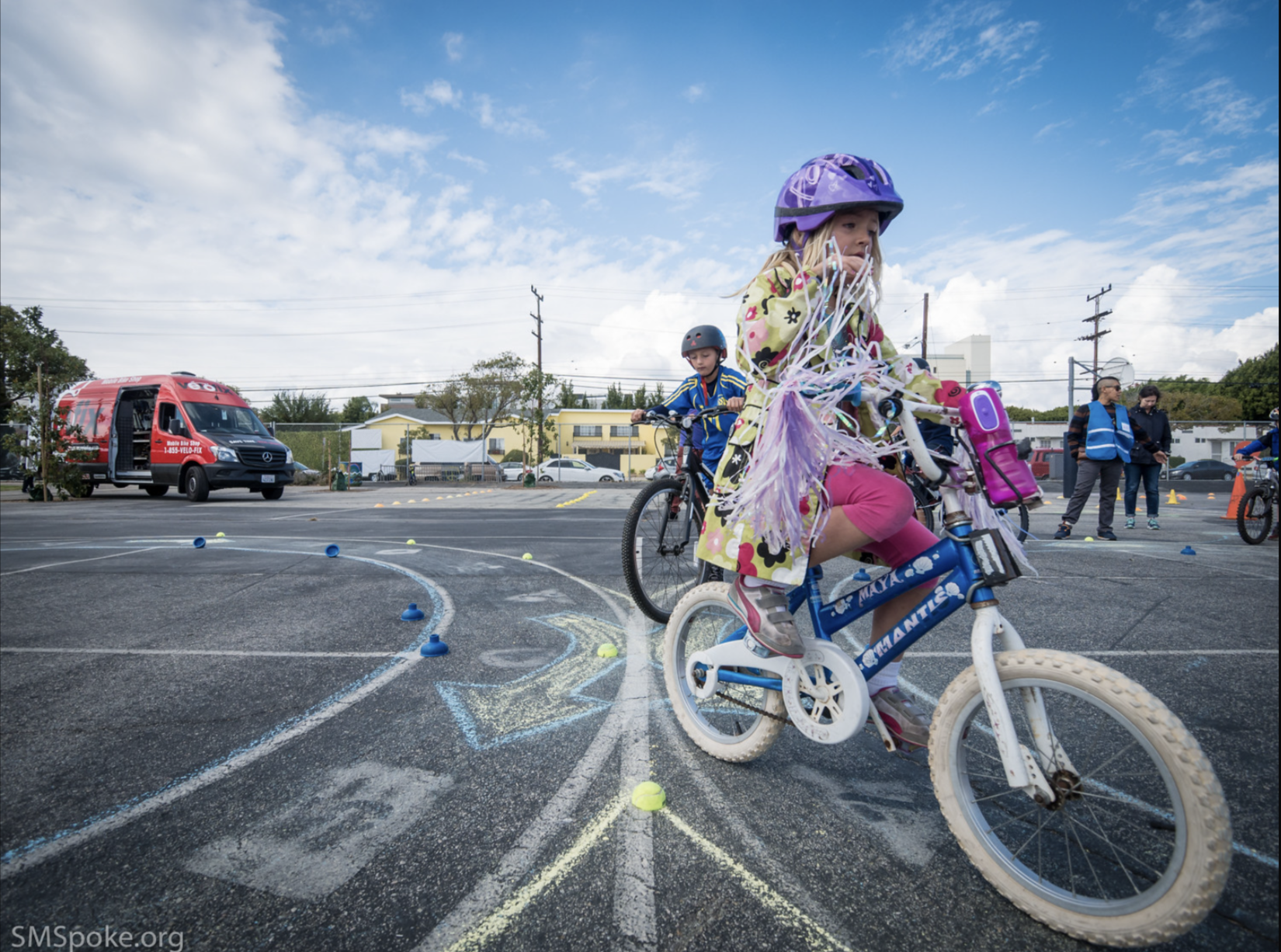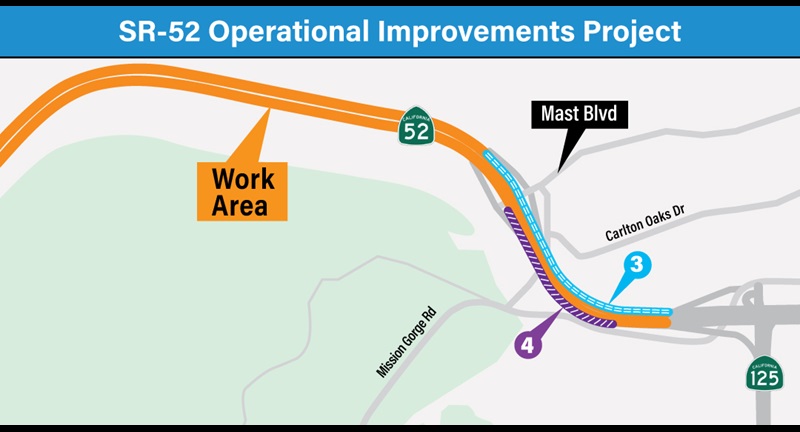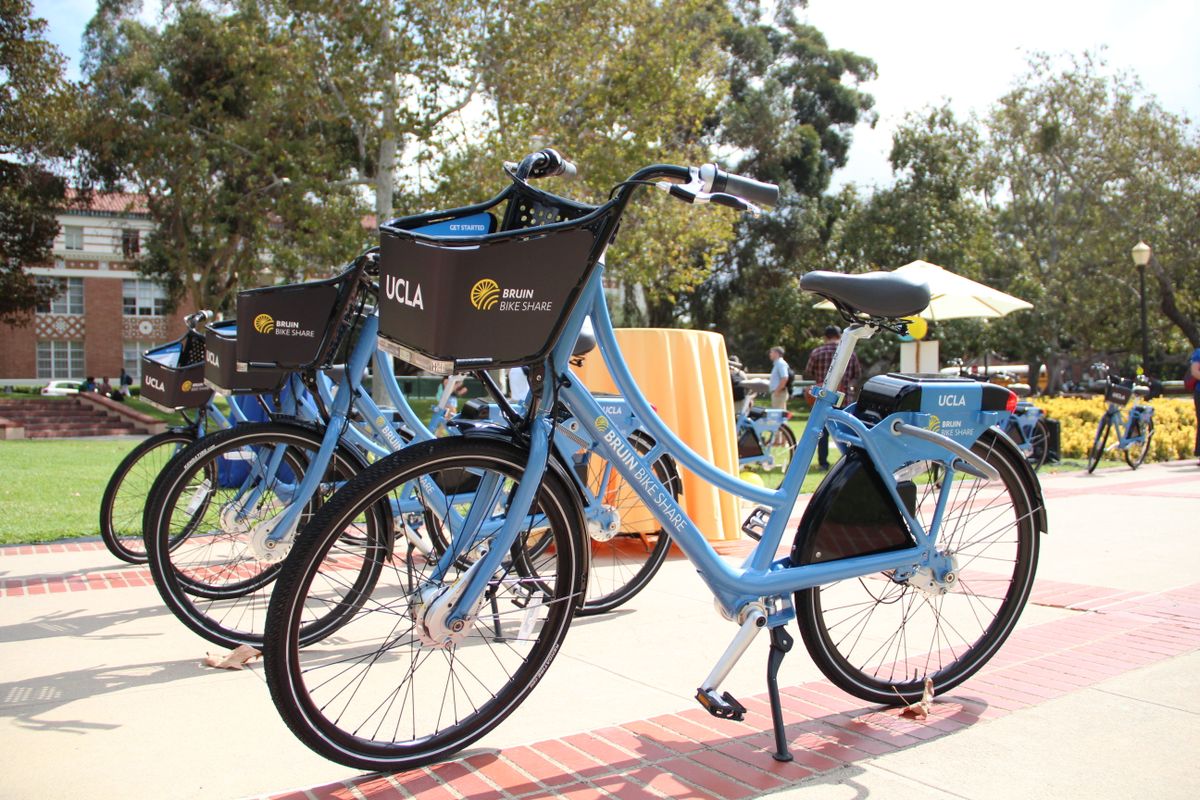Car companies have made drivers and passengers safer during crashes but are still failing miserably at protecting the most vulnerable victims — the pedestrians they hit, according to a new study.
The American Automobile Association Foundation, a driver-advocacy group, tested four midsize sedans with the newfangled "pedestrian detection systems," which are supposed to automatically slow down a car before it slams into people, and found the systems didn’t work at all when they were most needed — at night.
After dark, the Chevy, Honda, Tesla and Toyota artificial intelligence systems couldn’t spot an adult crossing in front of the vehicles traveling at 25 miles per hour — striking everyone without slowing down.
That’s a bit of a problem, considering that 75 percent of all pedestrian fatalities occur at night, according to the report.
The systems didn’t fare much better when it came to saving children’s lives.
Re-creations of kids darting out from in between cars resulted in a collision 89 percent of the time, even when the cars systems “spotted” the target from 30 feet away. Those cars, traveling at 20 miles per hour, only slowed down to about 16.8 miles per hour before hitting the “child.”
And tests for collisions during right turns resulted in the pedestrian being hit every time.
The systems can't always prevent collisions, but they are supposed to lower the likelihood of serious injuries to pedestrians by decreasing the speed of the cars before they smash into human beings. Previous studies by the AAA Foundation showed that a pedestrian hit by a vehicle traveling at 20 mph has an 18-percent risk of severe injury or death, according to the report. But the risk more than doubles to 47 percent when the speed of the car is 30 mph.
Yet the new AAA tests showed that when traveling at that speed, the system became “ineffective.”
Pedestrian deaths at the hands of cars has gone up since 2010, and nearly 6,000 are killed each year, according to the report.
During the past 40 years, the amount of people killed in car crashes has decreased, according to the National Highway Traffic Safety Administration, thanks thanks mostly to improved safety features inside cars. An October 2018 report by the agency points to increased use of seat belts, a decrease in drunk driving, and air bags and electronic stability control as factors that have saved lives.
But victims outside those cars haven’t been so lucky. In 2017, 33 percent of those killed in auto crashes were pedestrians, motorcyclists, bicyclists, or “other nonoccupants,” up from 20 percent in 1996.
Because of that rise, the AAA supports the use of the new technology even if it is not yet very effective.
“The rise in pedestrian deaths is a major concern and automakers are on the right path with the intent of these systems,” Greg Brannon, AAA’s director of Automotive Engineering and Industry Relations, said in a statement. “Our goal with this testing is to identify where the gaps exist to help educate consumers and share these findings with manufacturers to work to improve their functionality.”
That said, Triple-A is not a pedestrian safety organization. Local chapters of the pro-car group have testified against speed cameras (a known safety device), fought against bike lanes, opposed laws that would allow developers to build less parking.






